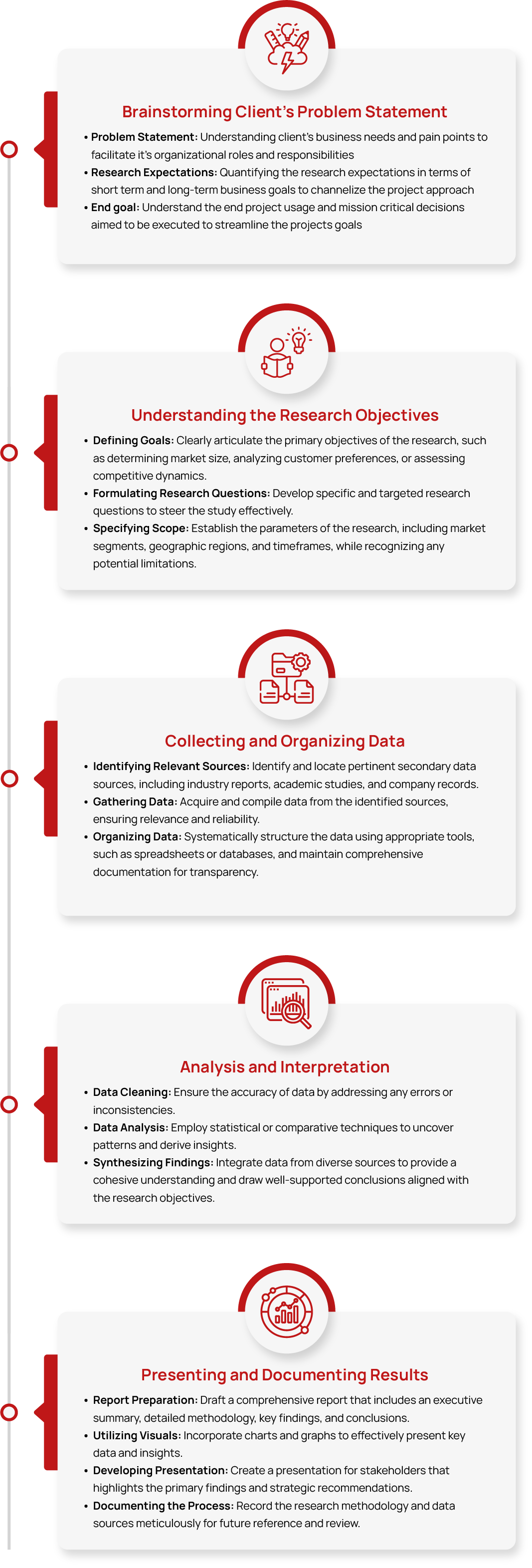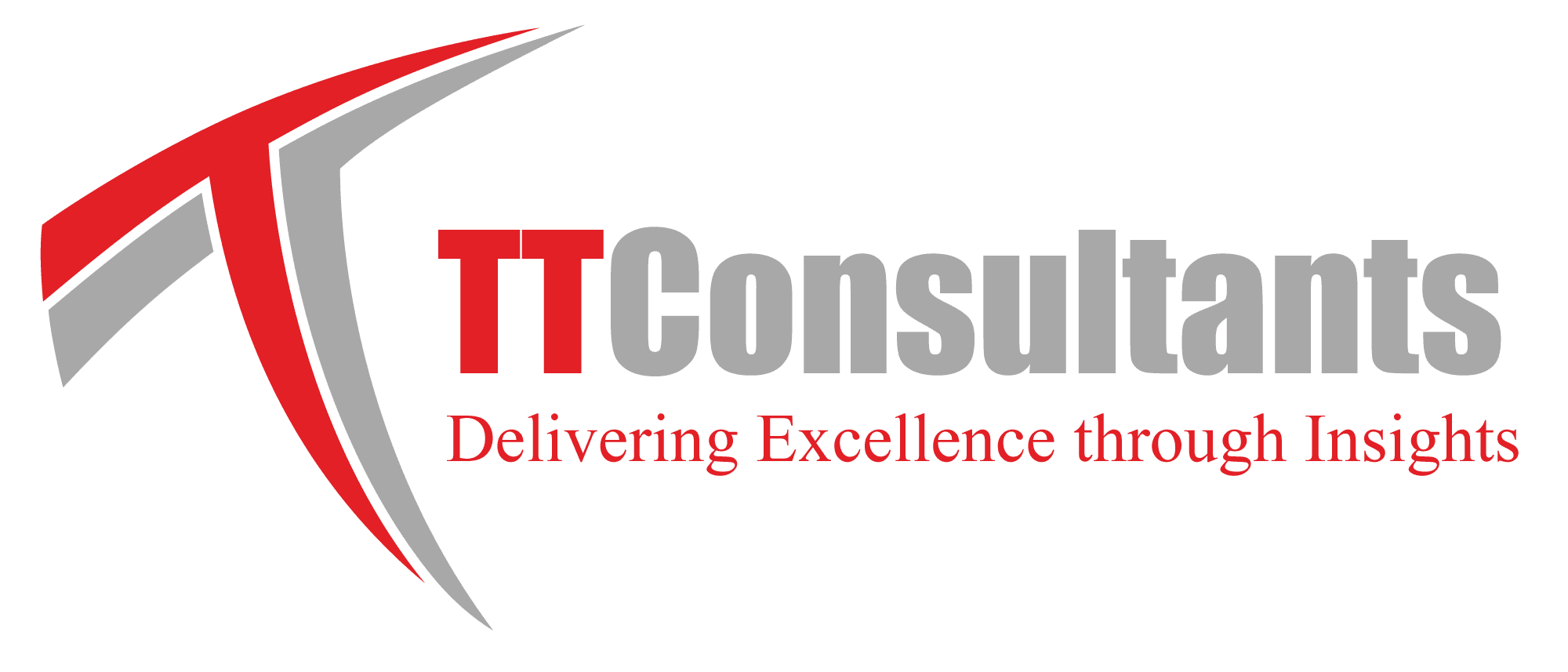Global HVAC System Market Size, Share, Growth & Trend Analysis Report, 2032
- Summary
- Market Landscape
- Methodology
- Table of Contents
Global HVAC System Market Size, Share, Growth, & Trend Analysis, By Cooling, By Heating, By Ventilation, By Service Type (Installation, Maintenance & Repair), Implementation Type (New Construction, Retrofit), By Region and Forecasts 2024 – 2032
The HVAC market covers systems used for heating, ventilation, and air conditioning in residential, commercial, and industrial spaces. As part of the heating ventilation and air conditioning industry, it focuses on maintaining indoor comfort and air quality.
The market includes products like air conditioners, heaters, and ventilation units, driven by the need for energy-efficient and reliable climate control solutions.
The global HVAC System Market was valued at approximately USD XX billion in 2024 and is projected to reach USD XX billion by 2032, growing at a Compound Annual Growth Rate (CAGR) of around 7% during the forecast period from 2025 to 2032, reflecting steady HVAC industry growth.
Industry Trends
The HVAC industry is witnessing the integration of smart technologies and growing demand for improved indoor air quality (IAQ). Smart systems enable consumers to remotely control temperature and air quality, making homes and buildings more energy-efficient and comfortable. These HVAC technology trends are further driven by consumer concerns about health, pollution, and the need for energy conservation.
The primary driver of this shift is increasing awareness around energy efficiency and the environment. With tightening regulations, consumers are increasingly opting for systems that are both eco-friendly and cost-effective. Large HVAC companies are now focusing on providing energy-efficient solutions to meet this growing HVAC demand.
However, high initial costs of these advanced systems may deter widespread adoption, especially in price-sensitive markets. Another significant HVAC market trend is the move toward sustainable building designs and renewable energy sources in HVAC systems, such as solar and geothermal. These systems help reduce environmental impact and lower energy bills long-term.
The push for sustainability in construction drives this trend, with governments and businesses emphasizing green building standards. However, challenges remain in upfront investment and the specialized knowledge required for installing and maintaining these renewable energy-based HVAC systems.
Industry Expert's Opinion:
- Justin Keppy, President, NA Residential & Light Commercial HVAC, Carrier
“This recognition underscores our commitment to delivering HVAC systems that are smarter, more efficient, and more cost-effective. We are innovating to provide our customers with what they need to create healthier homes and reduce energy bills.”
- Yogesh Thakkar, President, ISHRAE
"ACREX India emerges as a symbol of opportunity and progress as we observe the remarkable growth trajectory of the HVAC industry, and the significant strides achieved through initiatives like the Atal Community Innovation Centre (ACIC) programme."
TT Consultants’ Perspective
The global HVAC market is rapidly evolving, driven by advancements in energy efficiency, sustainability, and smart technologies. Increasing demand for eco-friendly systems, along with stricter energy regulations, is pushing adoption of heat pumps, smart thermostats, and advanced refrigerants.
Innovations like IoT and AI are enhancing operational efficiency and reducing energy consumption across both the commercial HVAC products market and residential HVAC market. As environmental concerns grow, the HVAC services market is set for significant expansion in the coming decade, fueled by regulatory incentives and consumer demand for sustainable solutions.
The future of the HVAC industry will be shaped by how well big HVAC companies adapt to these HVAC industry trends in 2025 while addressing cost barriers across both developed and emerging markets.
Market Segmentation
1. By Cooling (Unitary Air Conditioner, VRF, Chillers, Room Air Conditioners, and Others)
Unitary air conditioners held a market share of XX% in 2024 for the HVAC market. These are standalone cooling systems widely used in residential HVAC market and small commercial spaces due to their affordability and ease of installation.
They efficiently cool spaces by removing heat through a refrigerant system, making them ideal for areas approximately 2,000 sq. ft. where centralized systems may not be practical. These units account for nearly XX% of residential cooling installations globally and continue to impact trends in heating ventilation and air conditioning industry.
VRF (Variable Refrigerant Flow) systems are highly energy-efficient and customizable for large buildings. They optimize refrigerant distribution across multiple zones, ensuring precise temperature control and up to 30% energy savings compared to conventional cooling systems, which supports innovation in the commercial HVAC market and reflects key HVAC industry trends.
2. By Heating (Heat Pump, Furnace, Boilers and Others)
Heat pumps are becoming the preferred choice for heating due to their lower energy consumption compared to traditional furnaces, growing with a CAGR of XX% in the global HVAC system market.
Instead of burning fuel, they transfer heat between indoor and outdoor environments, making them a sustainable alternative that reduces carbon emissions—playing a major role in the heating and cooling industry and driving HVAC industry growth.
Furnaces, while still in use, are gradually being replaced due to their high energy consumption and reliance on fossil fuels.
However, they remain a primary heating source in regions with extreme cold climates, where efficiency in sub-zero temperatures is a critical factor in HVAC equipment market demand.
3. By Ventilation (Humidifiers, Air Purifiers, Air Filter and Others)
Air Handling Units (AHUs) are expected to reach a value of USD XX billion in 2032. They are integral to maintaining indoor air quality in commercial and industrial HVAC market buildings, where they circulate and condition air to ensure proper ventilation.
AHUs are essential in buildings larger than 50,000 sq. ft., where centralized air management is necessary. Their adoption is driven by increasing regulations around indoor air quality, particularly in hospitals, offices, and educational institutions, aligning with HVAC market trends and global HVAC standards.
Air filters play a crucial role in improving air quality by removing pollutants such as dust, allergens, and airborne contaminants.
With rising concerns about air pollution and health risks, the demand for high-efficiency filters is growing annually with a CAGR of XX%, reflecting broader HVAC growth and HVAC demand globally.
4. By Region (North America, Europe, Asia Pacific, Latin America, and Middle East & Africa)
The North American HVAC system market is highly advanced, capturing a share of XX%. Stringent energy regulations and increasing demand for smart HVAC solutions are driving innovations in this region. The largest HVAC companies in US are making notable investments in energy-efficient and connected HVAC systems, supported by strong performance in HVAC public companies.
In Europe, the focus is on sustainability, with governments incentivizing the adoption of low-carbon HVAC technologies, fostering significant momentum across the HVAC industries.
The Asia-Pacific (APAC) region is witnessing rapid urbanization, with China, India, and Japan leading the HVAC demand. APAC accounts for nearly XX% of the global HVAC systems market, driven by a booming construction industry and growing middle-class population. Strong distribution networks among global HVAC distributors and global air conditioning initiatives continue to strengthen regional reach.
Latin America is emerging as a key market due to increasing urban development and climate variations that require both cooling and heating solutions. The HVAC services market in this region is projected to grow at XX% annually, with demand rising in both residential and commercial HVAC sectors.
In the Middle East and Africa, high temperatures and expanding infrastructure projects are driving HVAC adoption, with growth also evident in commercial HVAC services Saudi Arabia, further expanding the global heating and cooling services footprint.
Competitive Scenario
The global HVAC system market is dominated by key players such as Daikin Industries, Johnson Controls, LG Electronics, Midea, Carrier, Trane Technologies, Honeywell, Mitsubishi Electric, Samsung Electronics, Danfoss, and FUJITSU General Group, among others. These companies are continuously innovating to improve energy efficiency and sustainability in HVAC solutions.
Recent Developments and Strategic Activities:
- In November 2024, Trane Technologies entered a partnership with Google to implement smart HVAC solutions in commercial buildings. The collaboration focuses on using data-driven insights to optimize HVAC performance and energy efficiency, contributing to the decarbonization of buildings.
- In July 2024, Johnson Controls announced plans to sell its Residential and Light Commercial HVAC business to Germany's Bosch Group for around USD 6.7 billion. This strategic move aims to streamline operations and focus on core business areas.
- In March 2024, LG Electronics introduced the Dual Air Conditioner, blending aesthetics with functionality. Designed with a dual outlet structure, it enables rapid and precise temperature control while incorporating indirect airflow to enhance comfort. Equipped with the Dual Inverter Heat Pump Compressor™, it ensures energy-efficient performance year-round, achieving an A+++ EU energy efficiency rating.
- In March 2024, Midea unveiled the MARS series R290 commercial heat pump, which received the prestigious Ultra-High-Temperature Hot Water Performance Certification from Intertek, recognizing its superior efficiency and performance. The series stands out for its use of the eco-friendly R290 refrigerant, reinforcing its commitment to sustainability and reduced environmental impact.
- In January 2024, LG Electronics launched its R32 air-to-water heat pump and furnace, featuring the R32 refrigerant, an environmentally friendly solution that meets the latest industry standards. This system ensures reliable heating performance even in low-temperature conditions.

Please fill out the form to request the ToC and gain access to detailed insights in the report.
Request Table of Contents







